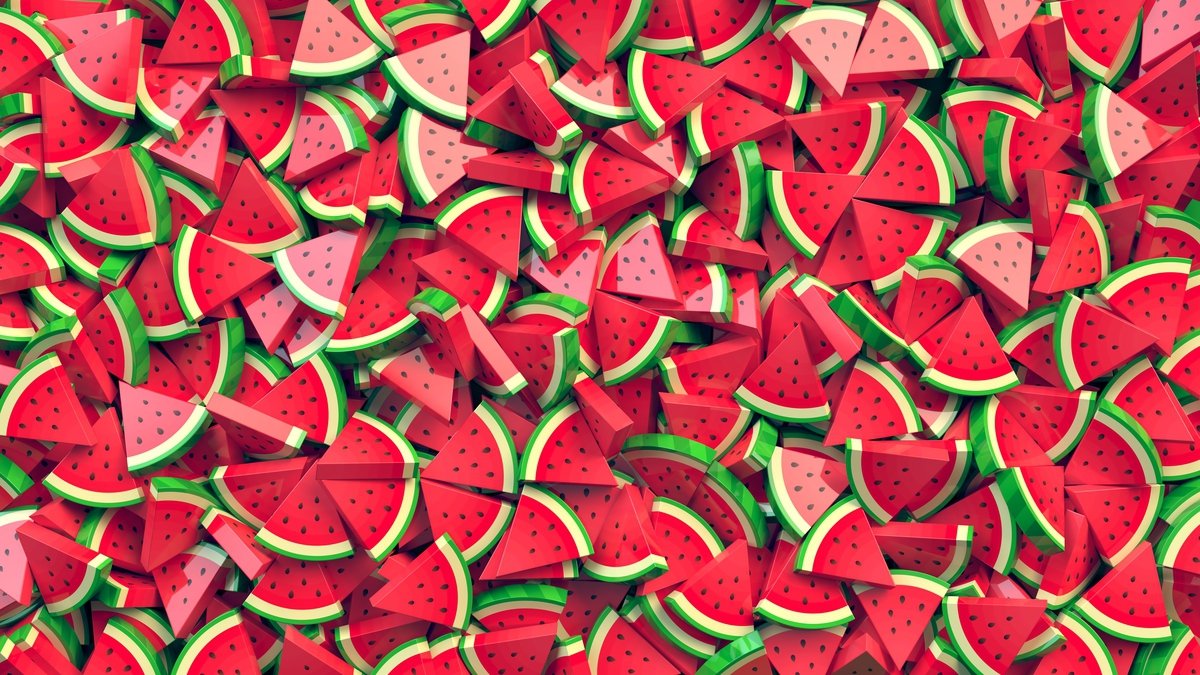
Watermelon Imagery : From Historical Symbolism to Modern Political Significance
- foodfightadmin
- January 2, 2024
- Agriculture
- resources latest july, rsc pages, rscl
- 0 Comments
Watermelon imagery has a rich historical and political significance that transcends its modern-day association with summer fun. Originally cultivated in Africa and spread across the Mediterranean by ancient Egyptians, watermelons have long been a part of human culture. In the United States, the fruit has had complex cultural symbolism, reflecting various stereotypes and social narratives over time. However, its imagery has evolved to become more positive, celebrated for its refreshing qualities and visual appeal.
Historically, in the United States, watermelons have been used to perpetuate racial stereotypes. During the post-Civil War Reconstruction era, African Americans were often depicted in derogatory imagery eating watermelons, which was intended to paint them as simple-minded and content with simple pleasures. This racist trope aimed to undermine the fight for equality and civil rights. Over time, African Americans have reclaimed watermelon imagery as a symbol of resilience and cultural pride, turning a negative stereotype into a positive assertion of identity.
In recent years, watermelon imagery has taken on profound political meaning, especially in conflict regions. In Gaza, for instance, the watermelon has become a symbol of resistance and Palestinian identity. This is largely because the colors of the watermelon—green, white, red, and black—mirror the Palestinian flag. When overt displays of the flag are suppressed, Gazans use watermelon art in protests and public demonstrations as a subtle yet powerful assertion of their national identity and resistance to occupation.
This symbolic use of watermelon imagery underscores its role as a medium for political expression and cultural identity. It highlights how ordinary objects can acquire deep significance in the context of social and political struggles. By understanding these layers of meaning, we can appreciate the watermelon not just as a fruit, but as a symbol of resilience and solidarity in the face of adversity.
For example, in June 2021, Palestinian artist Naji al-Ali used the image of a watermelon slice in his protest art. His work symbolized Palestinian steadfastness and resilience, demonstrating how watermelon imagery can convey powerful political messages.
This multifaceted symbolism of watermelon imagery is a testament to its enduring appeal and significance. Whether in ancient cultures, American history, or modern political movements, the watermelon continues to be a powerful symbol, embodying a rich tapestry of meanings that reflect the complexities of human societies.








